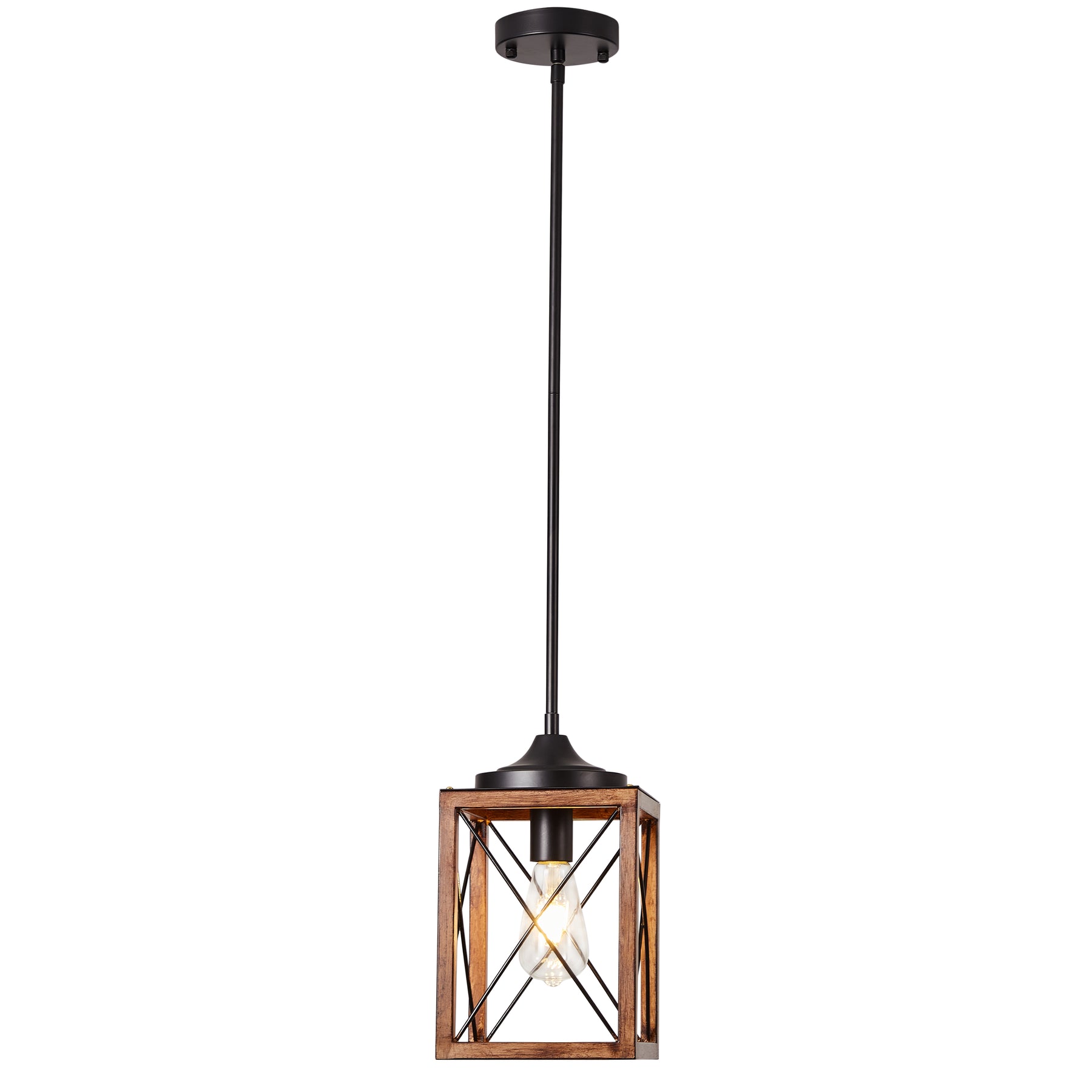Linear pendant lighting has undergone a remarkable transformation over the years, evolving from a purely functional element to a key component of modern interior design. This evolution has been driven by a combination of technological advancements, changing design trends, and a growing emphasis on the aesthetic appeal of lighting fixtures. In this article, we will explore the fascinating journey of linear pendant lighting, from its humble beginnings to its current status as a statement piece in contemporary spaces.

Historical Roots
The history of linear pendant lighting can be traced back to the early 20th century, when industrialization and the rise of urban living created a demand for efficient and practical lighting solutions. At that time, linear pendant lights were primarily used in factories, warehouses, and other industrial settings, where their long, narrow profile and downward-focused illumination were well-suited to the task-oriented nature of the environment. The emphasis was firmly on functionality, with little consideration given to the visual appeal of the fixtures themselves.
Technological Advancements
As the 20th century progressed, advancements in lighting technology began to reshape the design and functionality of linear pendant lighting. The development of new materials, such as lightweight metals and durable plastics, allowed for greater flexibility in the design and construction of lighting fixtures. This, in turn, led to a wider variety of shapes, sizes, and styles in linear pendant lighting, as well as the ability to incorporate more advanced lighting technologies, such as LED and energy-efficient bulbs.
Shift in Design Philosophy
Alongside these technological advancements, there was a gradual shift in the design philosophy surrounding linear pendant lighting. Designers and architects began to recognize the potential of these fixtures as more than just utilitarian objects, but as integral elements of interior design. The emphasis on aesthetics grew, leading to the creation of linear pendant lights that were not only functional but also visually striking. This marked a significant turning point in the evolution of linear pendant lighting, as it began to be viewed as a means of enhancing the overall ambiance and style of a space.
Modern Trends and Applications
Today, linear pendant lighting has firmly established itself as a versatile and stylish lighting solution for a wide range of interior settings. From residential kitchens and dining areas to commercial offices and retail spaces, linear pendant lights are used to create a sense of drama, define spatial boundaries, and add a touch of modern elegance. The variety of designs, materials, and finishes available in the market reflects the diverse range of applications for linear pendant lighting, from minimalist and sleek to bold and artistic.
In conclusion, the evolution of linear pendant lighting from its origins as a purely functional element to its current status as a design statement is a testament to the dynamic interplay between technology, design, and changing societal values. As we look to the future, it is clear that linear pendant lighting will continue to evolve, adapting to new trends and technologies while maintaining its essential role in illuminating and enhancing the spaces we inhabit.














